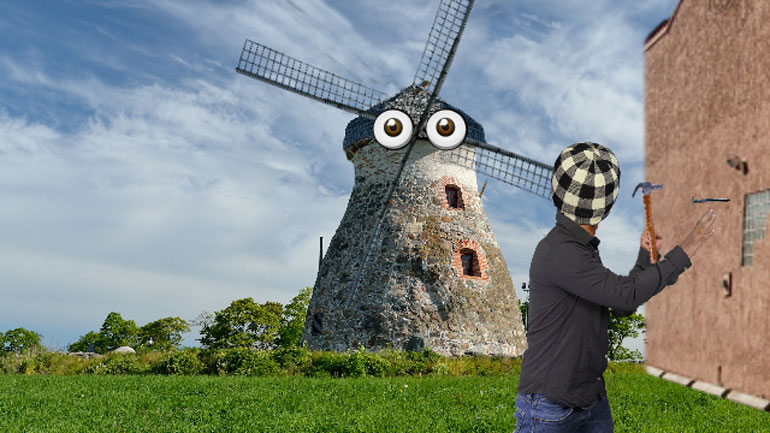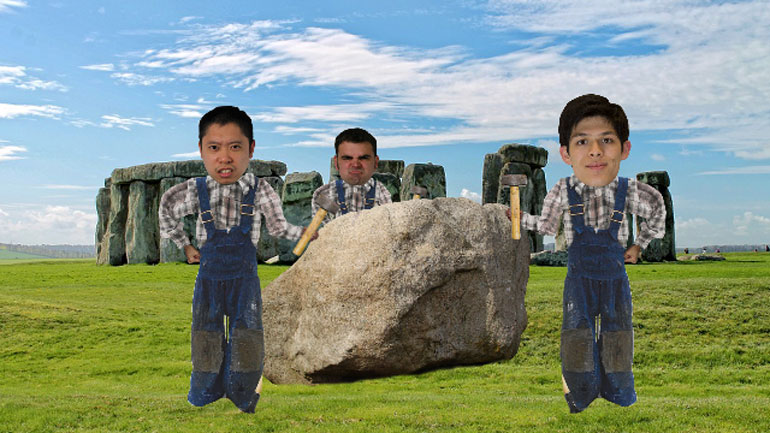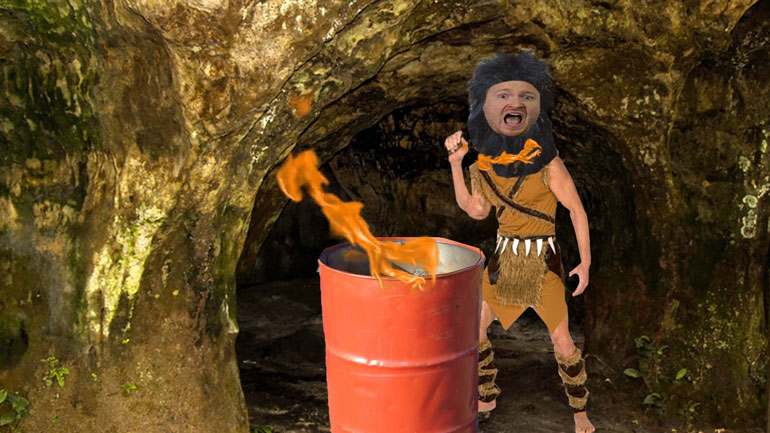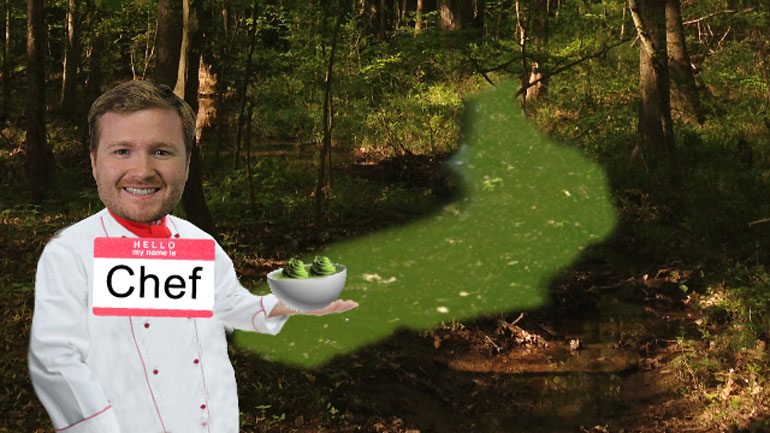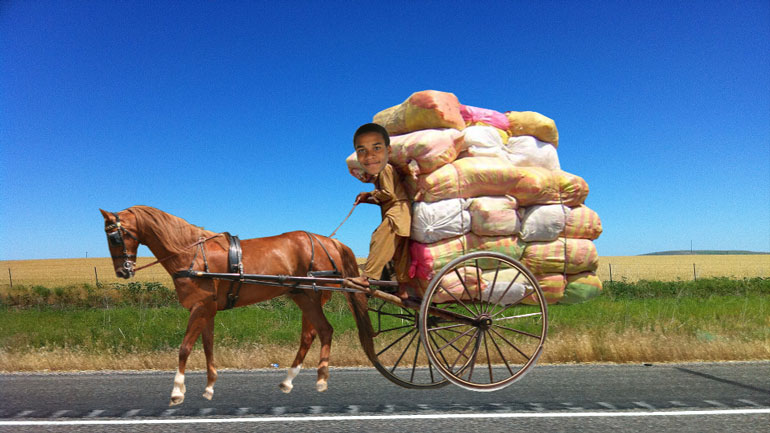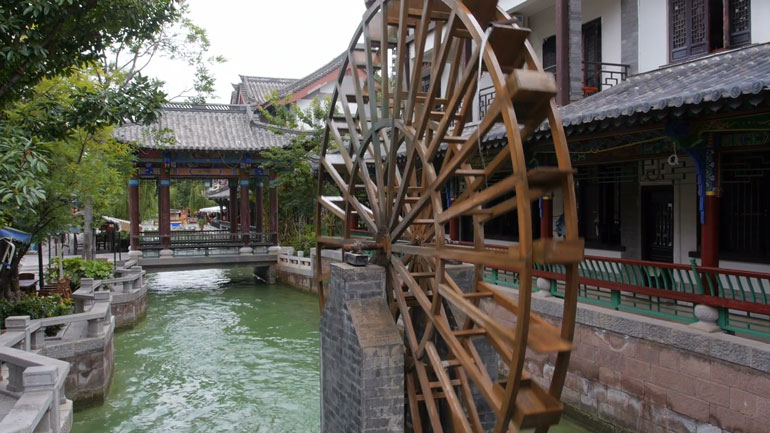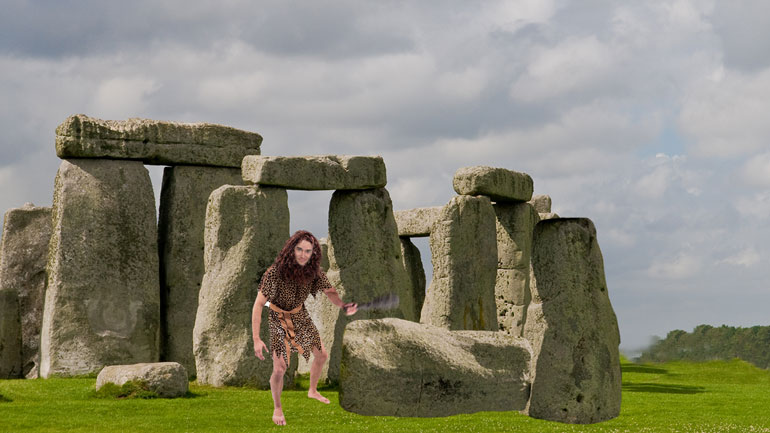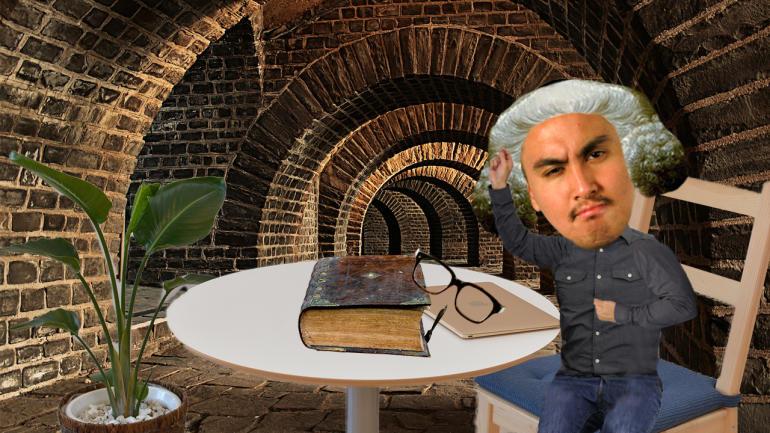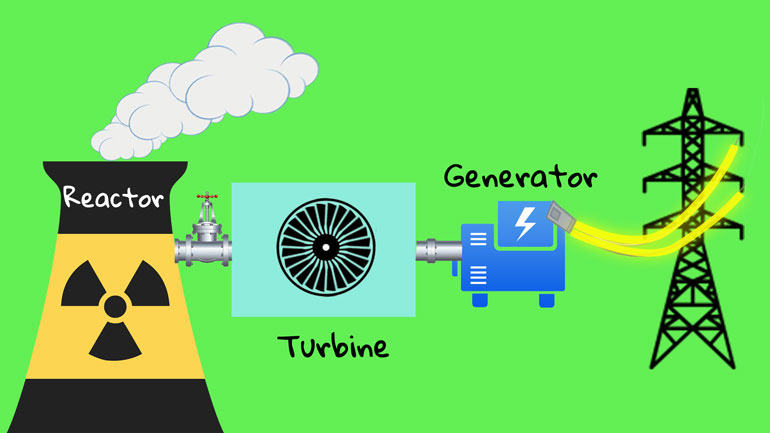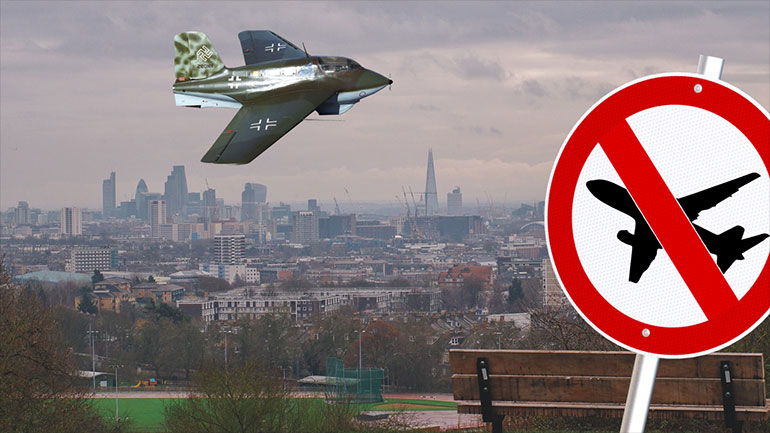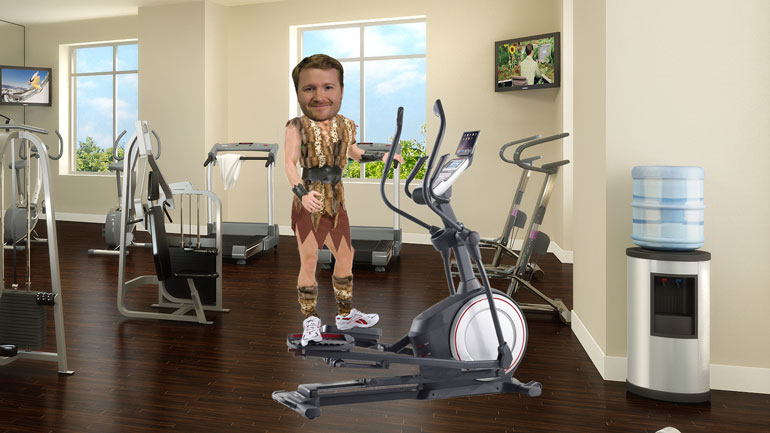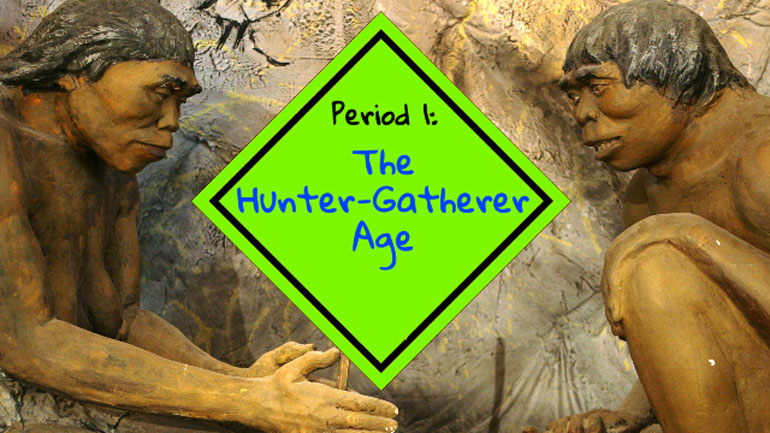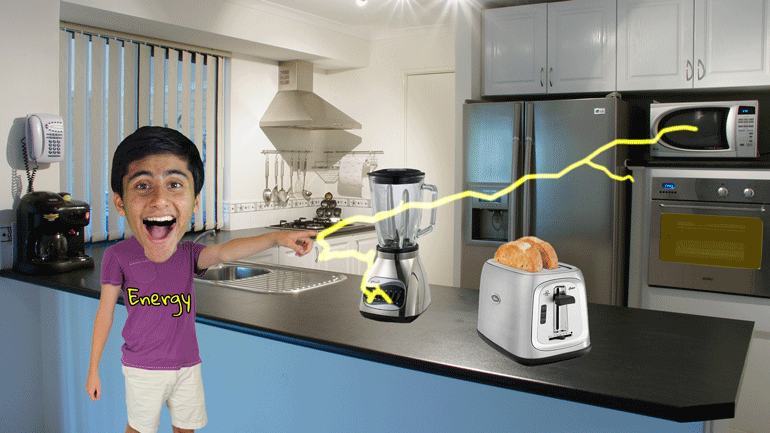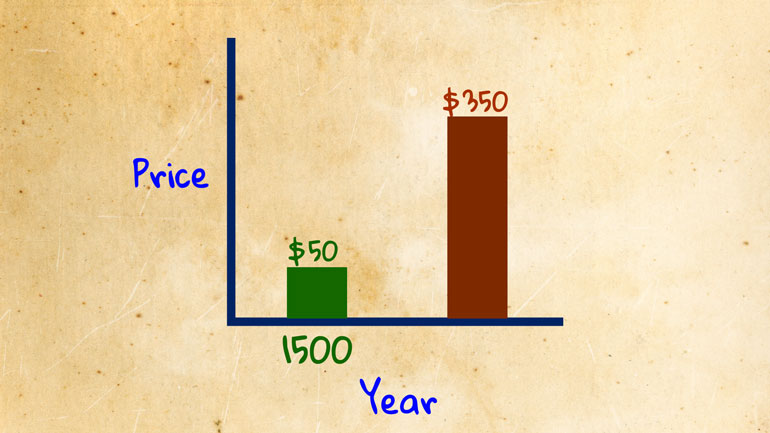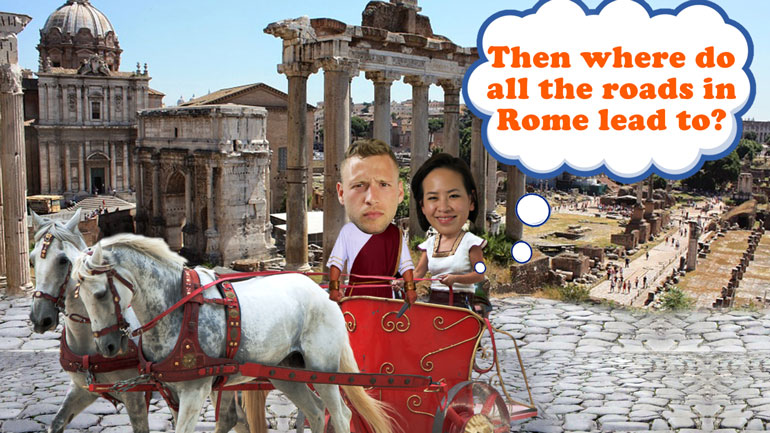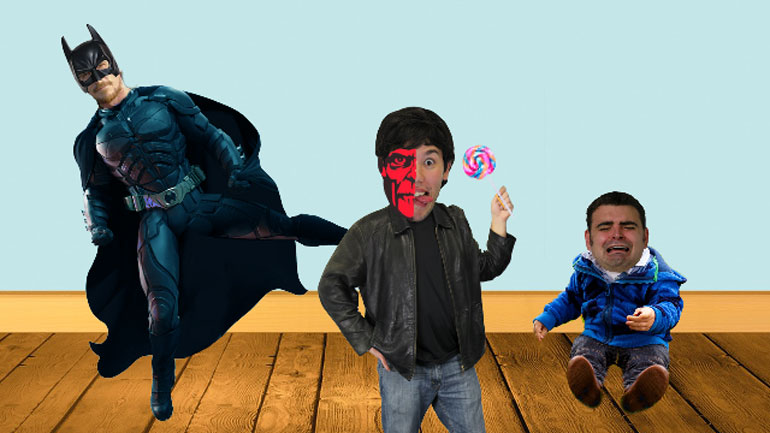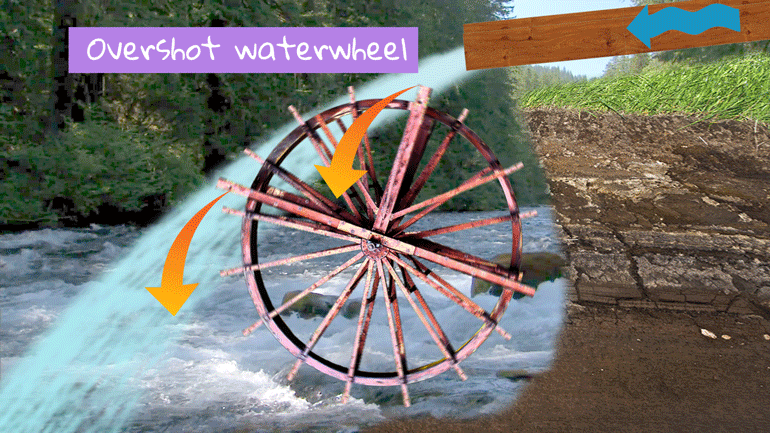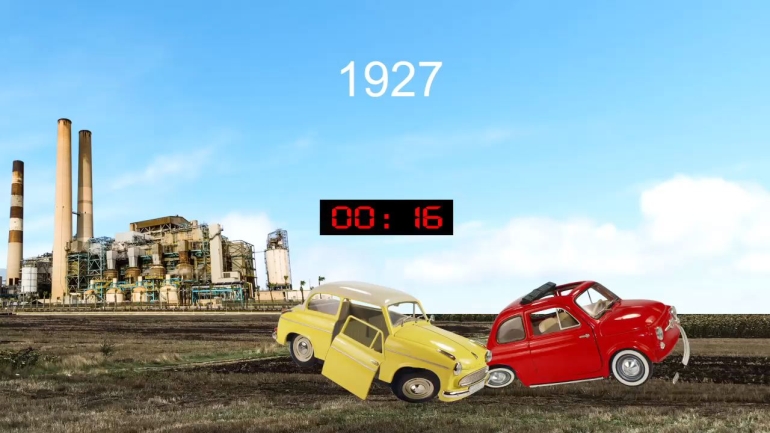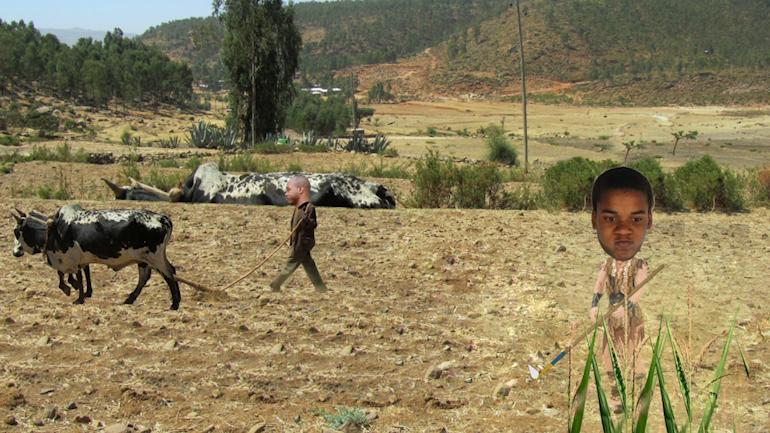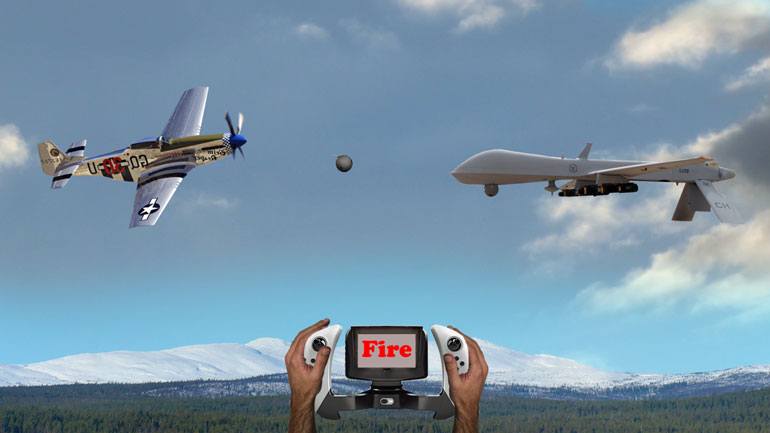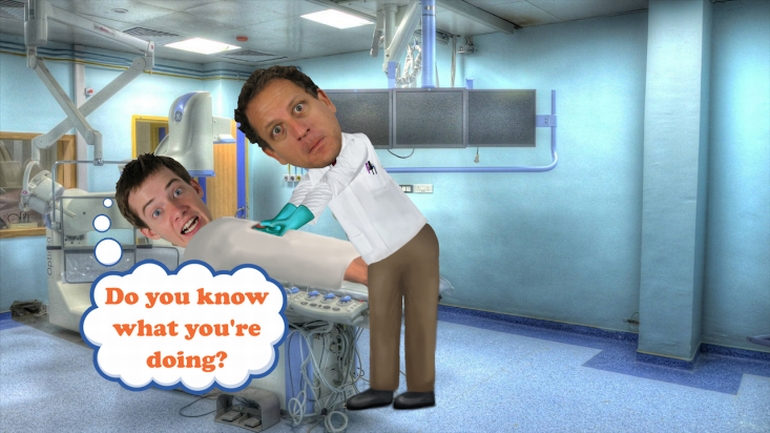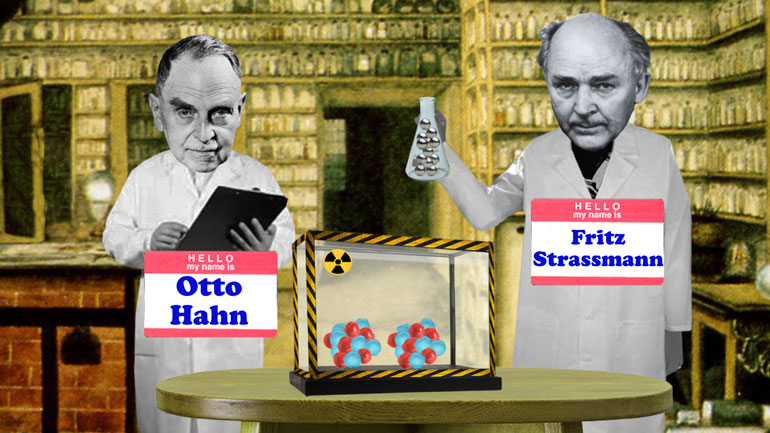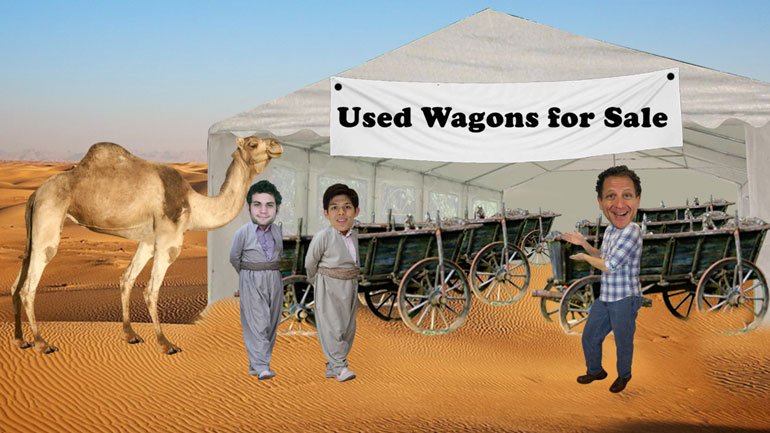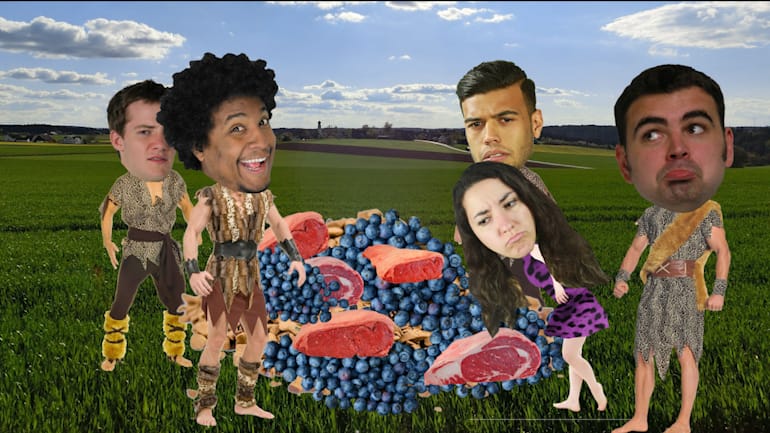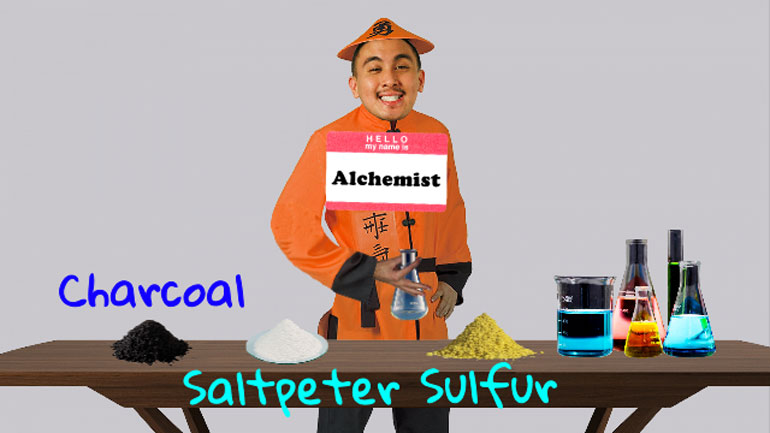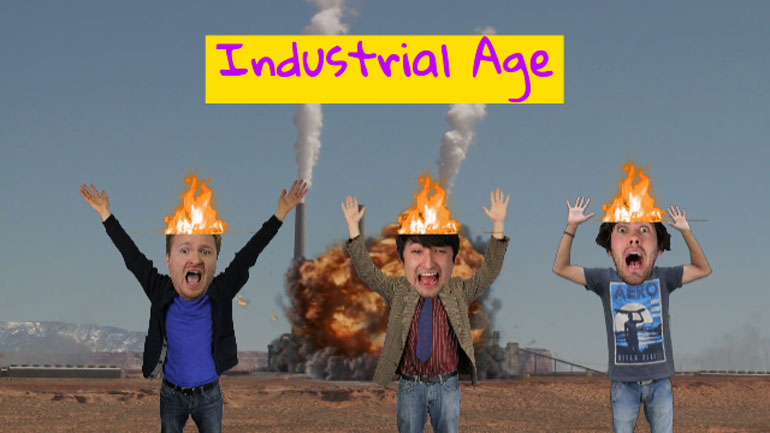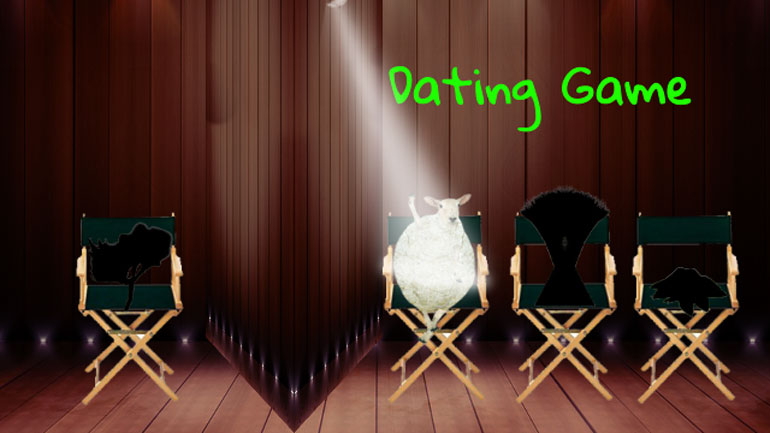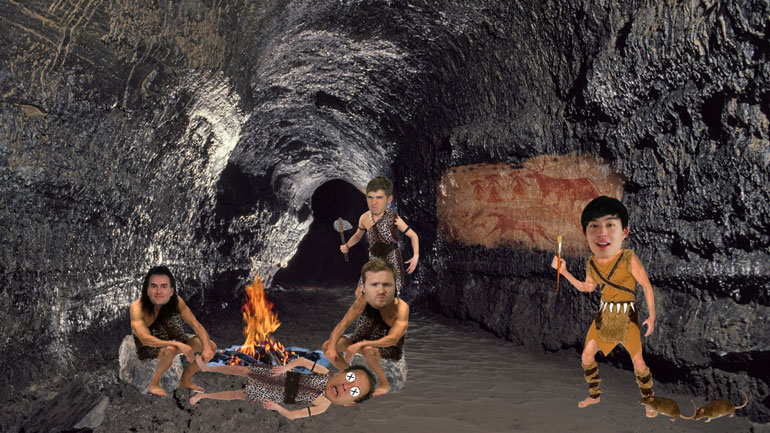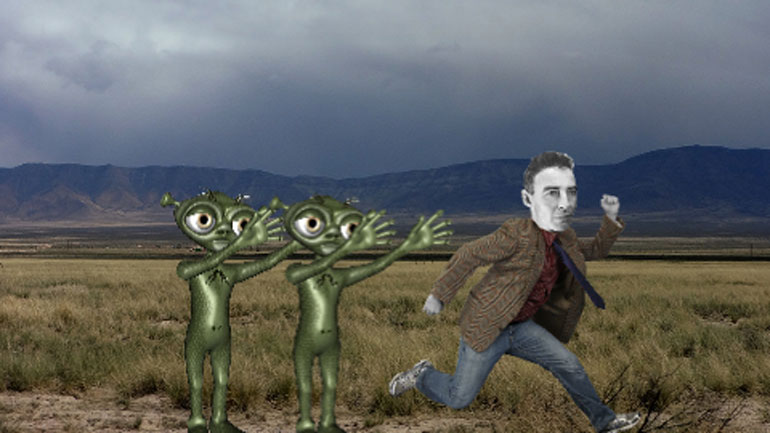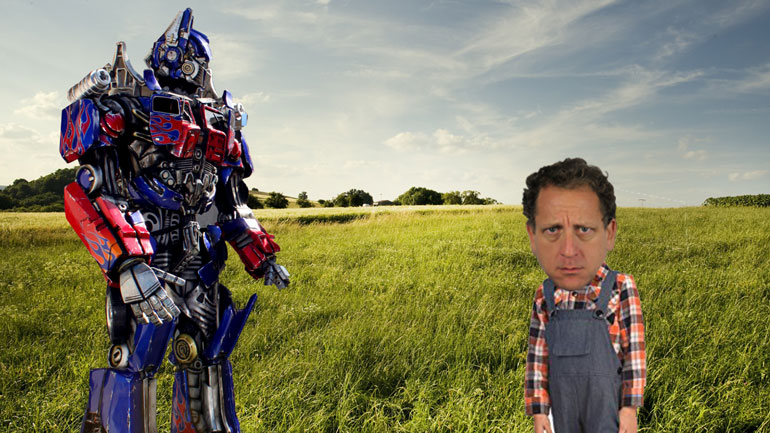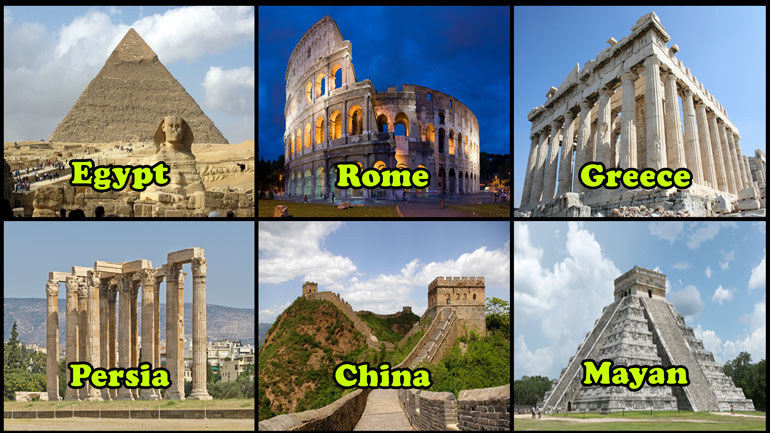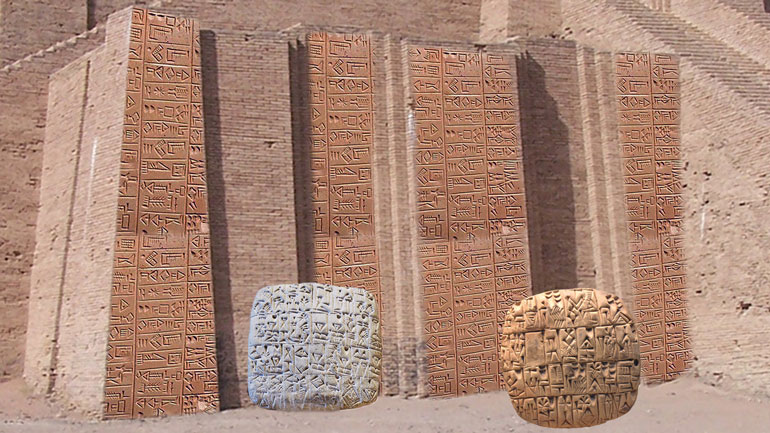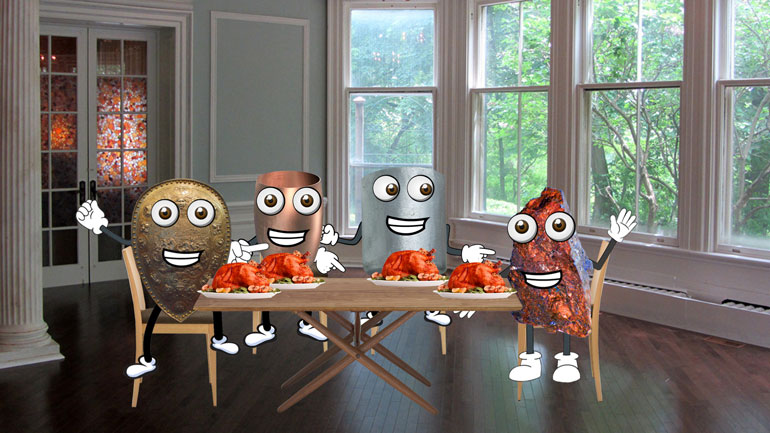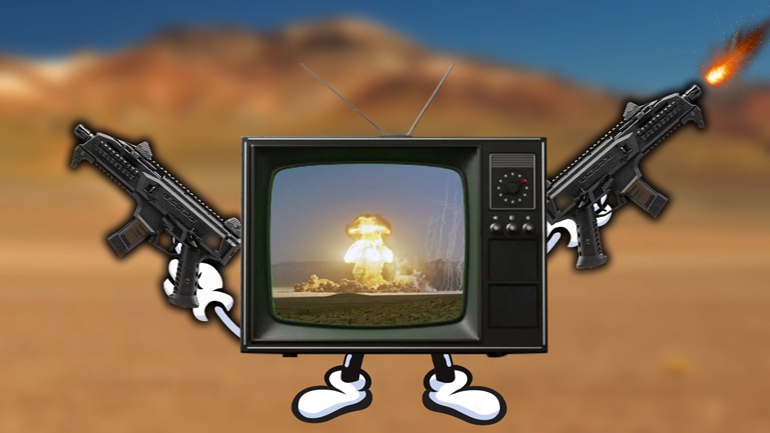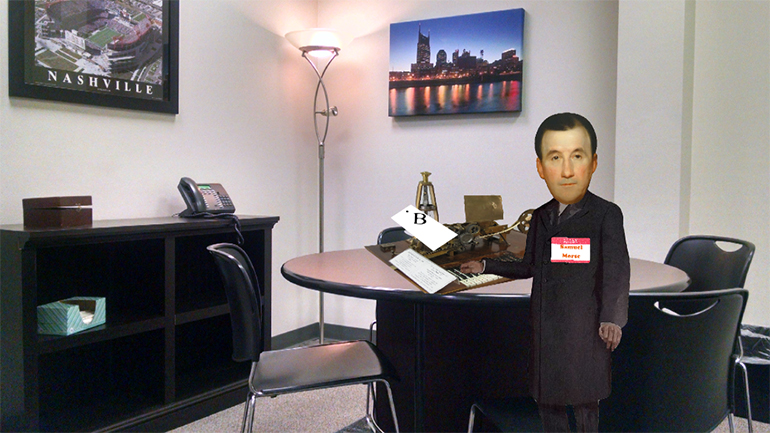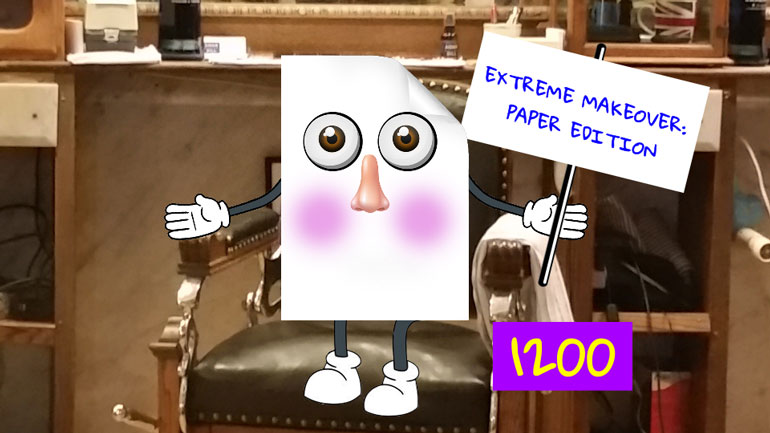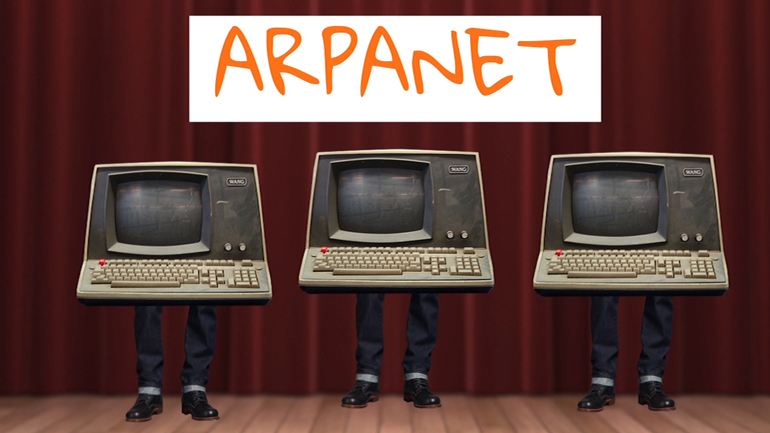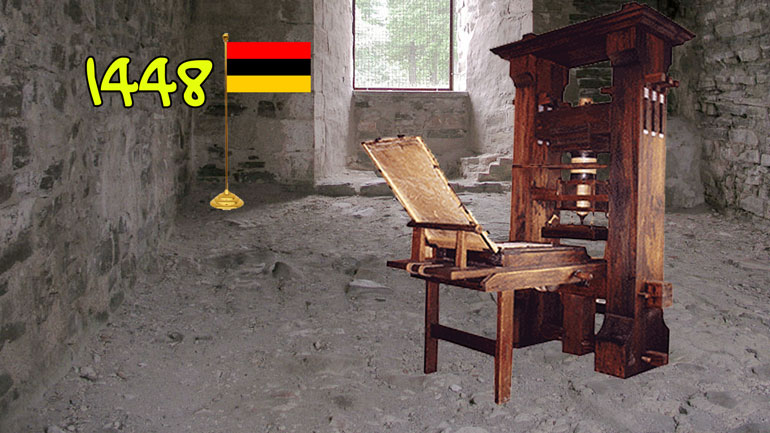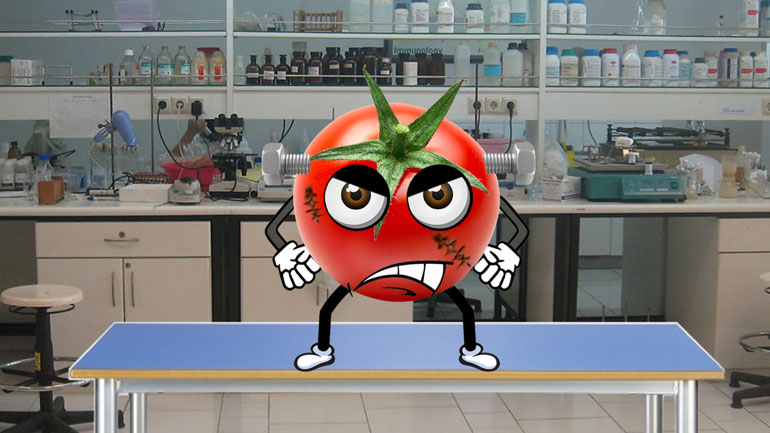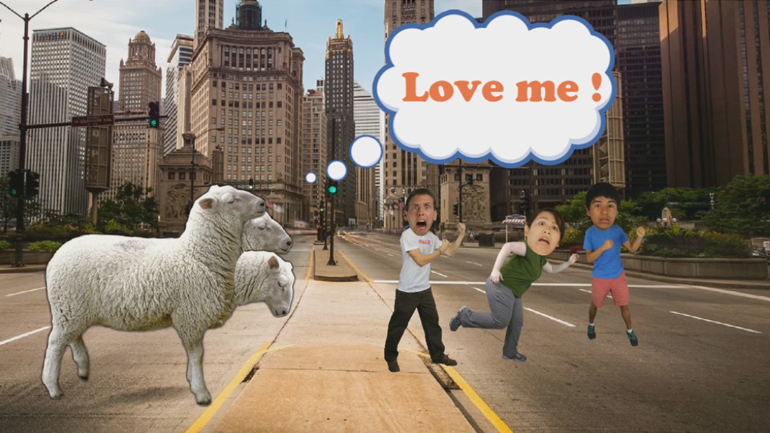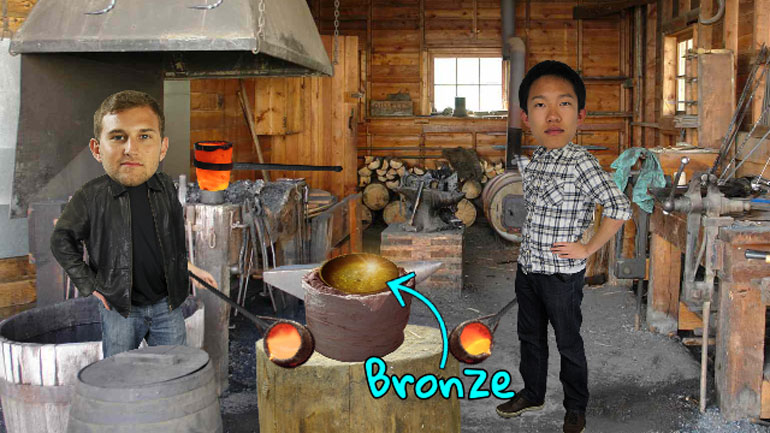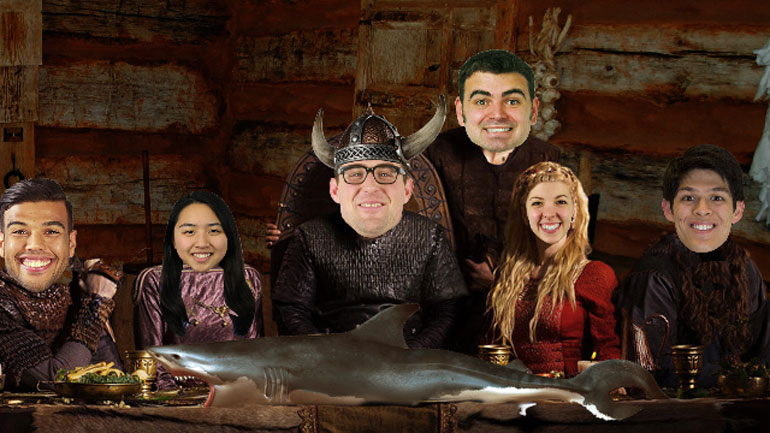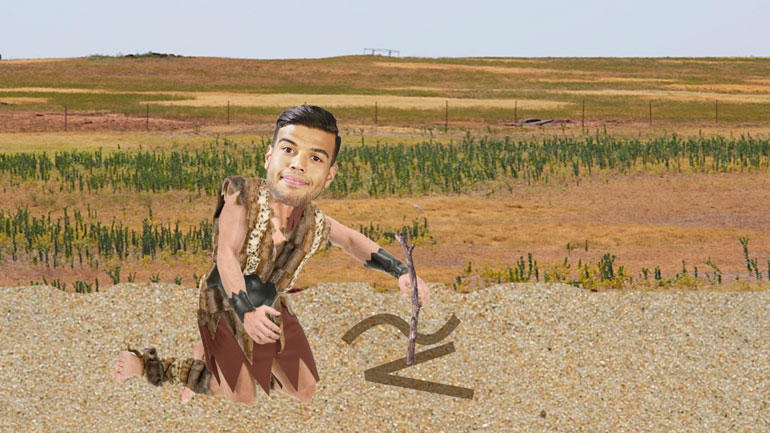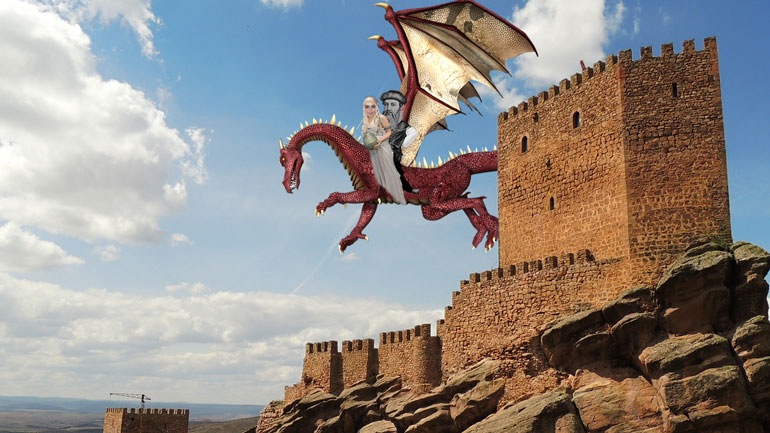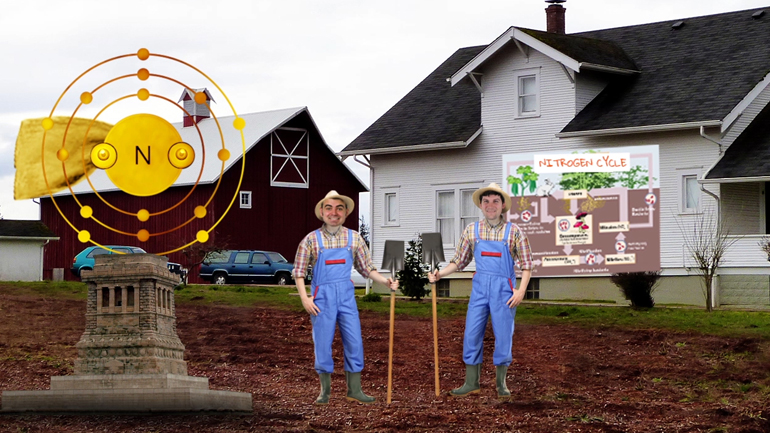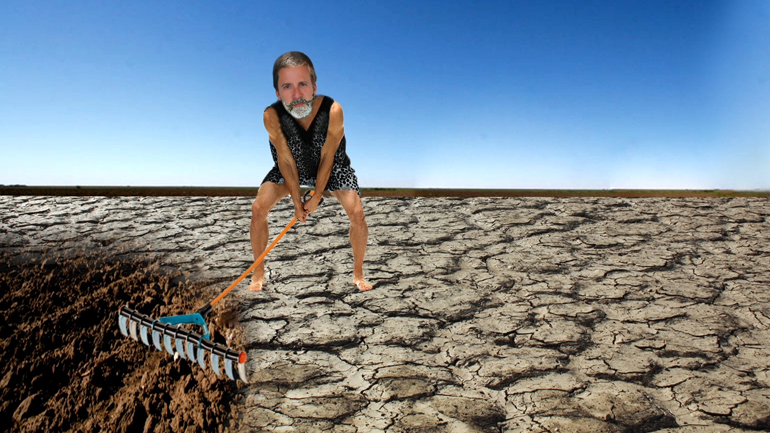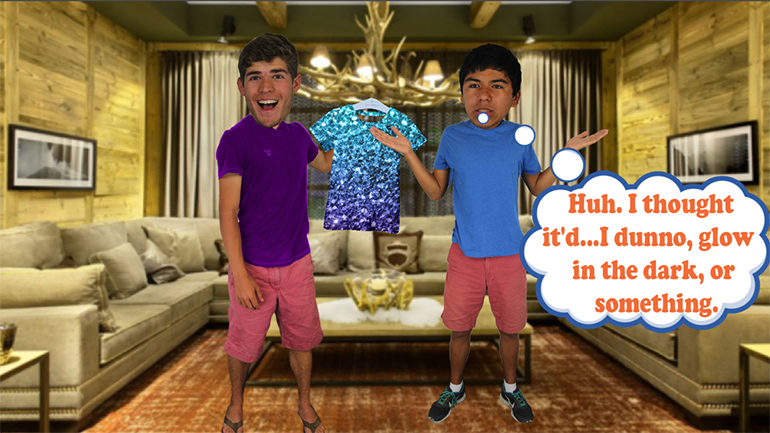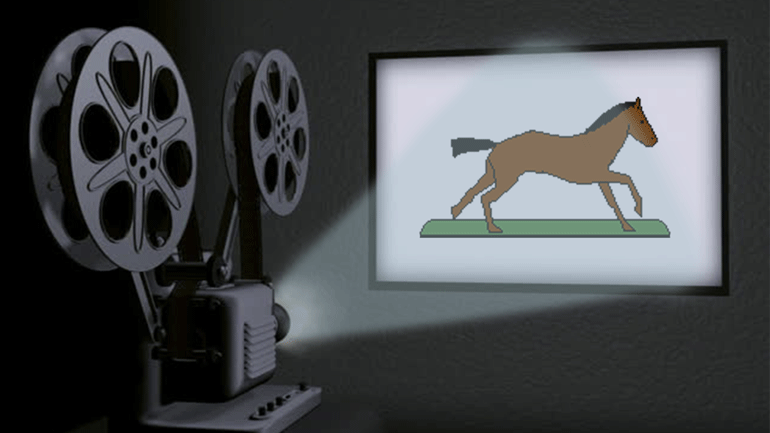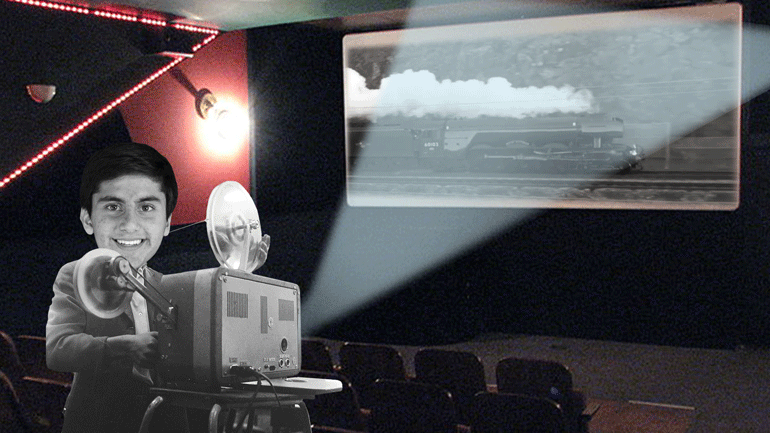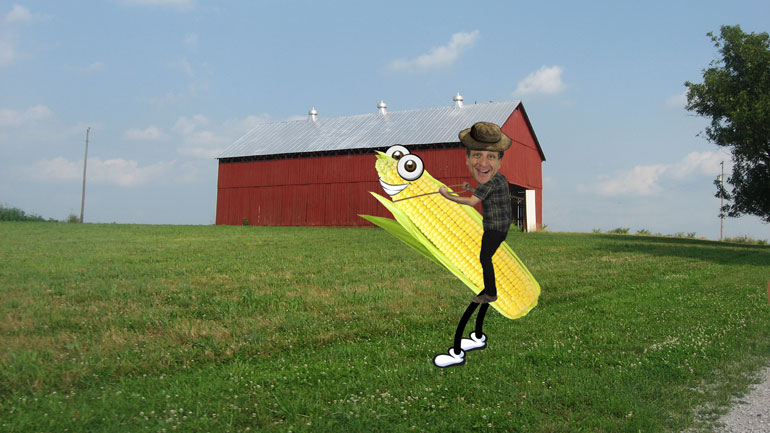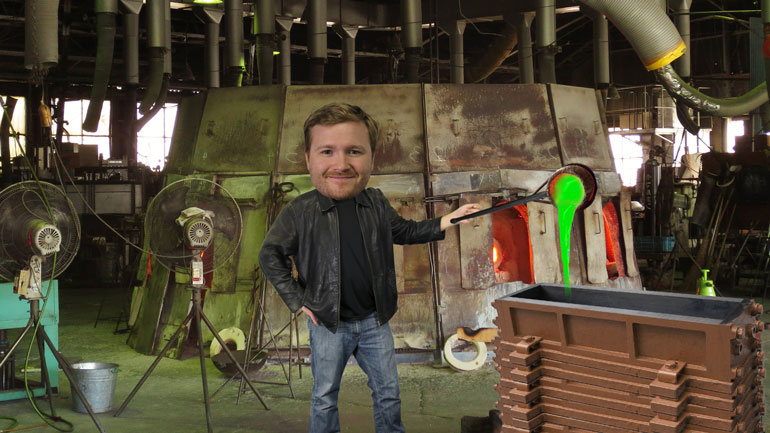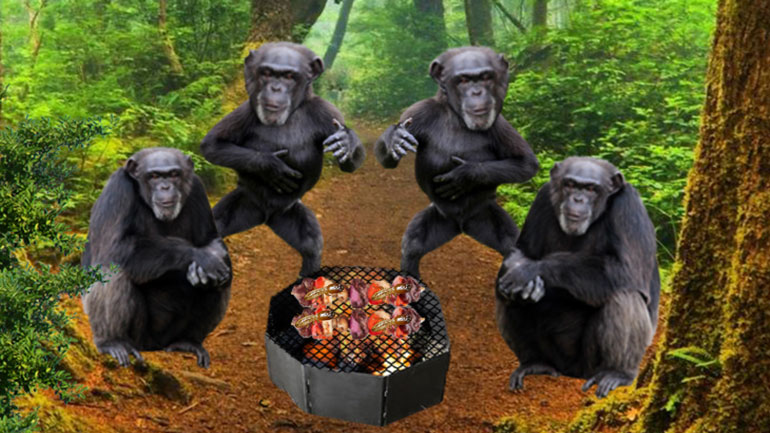ShmoopTube
Where Monty Python meets your 10th grade teacher.
Search Thousands of Shmoop Videos
History of Technology Videos 160 videos
What's the deal with wind? And why does it have to be so...windy?
How did people move stuff around before the wheel was invented? More importantly, why didn't they take a break for a few minutes from moving stuff...
History of Technology 5: Domestic Changes and Cultural Changes 14 Views
Share It!
Description:
Today, we're learning about domestic and cultural changes. Tomorrow, we'll be figuring out who let the dogs out. We teach the important things here at Shmoop.
Transcript
- 00:02
Small domestic changes are always connected to bigger cultural changes. [Map of the world]
- 00:07
It's like that old saying…"if you fart in Calcutta, there's going to be a tornado in Kansas."
- 00:12
…Isn't that a saying? Well it should be. [Tornado going round Kansas on the map]
- 00:14
Anyway, in the ancient world, new building materials, combined with a huge amount of
- 00:18
new wealth, meant that people had new thoughts about what a home could be. [Stacks of 100 dollar bills]
Full Transcript
- 00:23
Basically, the idea of a dream home got a lot dreamier. [Man lying on his back dreaming]
- 00:27
Maybe a home could be more than a place for families to keep warm at night. [Woman asleep in bed]
- 00:31
Maybe it could be a communal structure where people lived, ate, and slept. [Pictures of people in their homes]
- 00:35
And guess what?
- 00:36
Sometimes dreams do come true.
- 00:38
Homes got more rooms, and each room had its own purpose. [Floor plan of a house]
- 00:42
No more eating where we slept. [Man falls over]
- 00:44
And not a moment too soon…those puddles of yak milk weren’t making for good sleeping companions.
- 00:50
People started hoarding possessions and material goods like hamsters hoard carrots. [People holding bags of stuff]
- 00:55
What?
- 00:56
Hamsters are invested in ocular health.
- 00:58
And different parts of the house started to be designated for different people… [Man and woman sticking post-it notes on the floor plan claiming parts of the house]
- 01:02
Like servants or masters, men or women, children or adults….you get the picture.
- 01:07
C'mon, it's not like men and women could hang out together.
- 01:10
Gross.
- 01:11
Cooties.
- 01:12
Now, not everybody in the ancient world lived in multi-room splendor. [Ancient ruins]
- 01:16
Both Romans and Greeks, for example, owned huge amounts of slaves. [Roman with 3 slaves]
- 01:20
And there’s no way that slaves lived in villas with their own bathhouses. [Dirty looking slave by a bath]
- 01:24
But hey, that's another cultural change, isn't it?
- 01:27
Housing started to be a strong dividing line between the poor and the wealthy, with rich
- 01:31
guys getting the ancient equivalent of the penthouse. [Rich people living above the poor]
- 01:34
Now, onto the Medieval age, which unsurprisingly was a sluggish pit of non-invention. [Slug crawls across the front gate of some houses]
- 01:41
Everybody was too busy dying of the plague. [People drop dead]
- 01:44
Boring.
- 01:45
But in the industrial age, an explosion of new materials hit the scene. [An explosion on a factory]
- 01:48
Let's go over the biggies.
- 01:50
First, brickmaking became standardized and industrial. [Man stood next to pile of bricks]
- 01:53
That meant there were machines to mold the clay into exactly the same sizes and shapes, [Bricks land on top of a man waiting for them to come out the mold]
- 01:58
and ginormous kilns that could bake thousands of bricks at once. [Bricks continue to cover the man on the floor]
- 02:02
Then we've got glass.
- 02:04
Unless you live in an underground bunker, your house probably has windows. [Man with foil on his head climbs into an underground bunker]
- 02:09
But for most of human history, glass was mega hard to make.
- 02:13
This made it mega expensive.
- 02:15
Like "selling body parts to afford it" expensive. [Man missing an arm looking out a window]
- 02:19
Glassmaking involved finding chunks of quartz, melting them over a super hot fire, and slowly
- 02:26
forming it into the desired shape. [Glassmaker working over a kiln]
- 02:29
And, P.S., glass is fragile.
- 02:31
So yeah, definitely not an easy task. [The glass that is being worked on smashes]
- 02:33
But in the 1840s, some dudes figured out how to melt a lot of glass at once and toss it
- 02:38
onto a big iron slab.
- 02:40
Then they used a giant iron roller to smoosh it out and make it perfectly even. [Worker pushes iron roller over molten glass]
- 02:46
And tahdah!
- 02:47
An easy, quicker way to make glass.
- 02:49
And yes, "smoosh" is a technical term.
- 02:52
They had big, clear pieces of glass, called plate glass. [Skyscrapers with all glass structures]
- 02:56
It was perfect for windows, or giant show-off-y buildings made entirely of glass.
- 03:02
But neither bricks nor glass alone are going to build a skyscraper.
- 03:05
For the massively tall and heavy buildings that we think of as modern, we needed an entirely [Picture of a modern city]
- 03:11
new kind of building material: steel. [Steel rods]
- 03:14
Steel, remember, is very pure, very strong iron, and until the 20th century, it was very, [Man reading a book on how to make steel]
- 03:20
very difficult to make.
- 03:22
Back in the day, nobody was saying to themselves…
- 03:25
"Hey, let's build a huge building out of this stuff. [Two men in front of house covered in diamonds]
- 03:28
And then, what the hey, we'll make one out of diamonds!"
- 03:31
Because past humans weren't crazy.
- 03:34
In the 1850s, the Bessemer process was invented. [Bessemer furnace]
- 03:38
Basically, the Bessemer process involved firing a whole bunch of air into the molten iron,
- 03:44
which encouraged oxidation and got rid of carbon.
- 03:48
With a little more equipment, people could manufacture high-quality steel almost as easily as iron. [Steel rods]
- 03:54
Steel could support massive amounts of weight after it was shaped into the appropriate shape, [Man hammering molten steel]
- 03:59
that turned out to be I-beams.
- 04:02
Those are basically beams shaped like I’s.
- 04:04
…the letter I.
- 04:05
Why on earth would it be shaped like an eye-ball… [Man is confused as molten steel looks like an eye ball]
Related Videos
GED Social Studies 1.1 Civics and Government
When you're about to marry the love of your life, not many things could stop you. However, finding out that your future hubby is keeping his crazy...
Here at Shmoop, we work for kids, not just the bottom line. Founded by David Siminoff and his wife Ellen Siminoff, Shmoop was originally conceived...
ACT Math: Elementary Algebra Drill 4, Problem 5. What is the solution to the problem shown?
